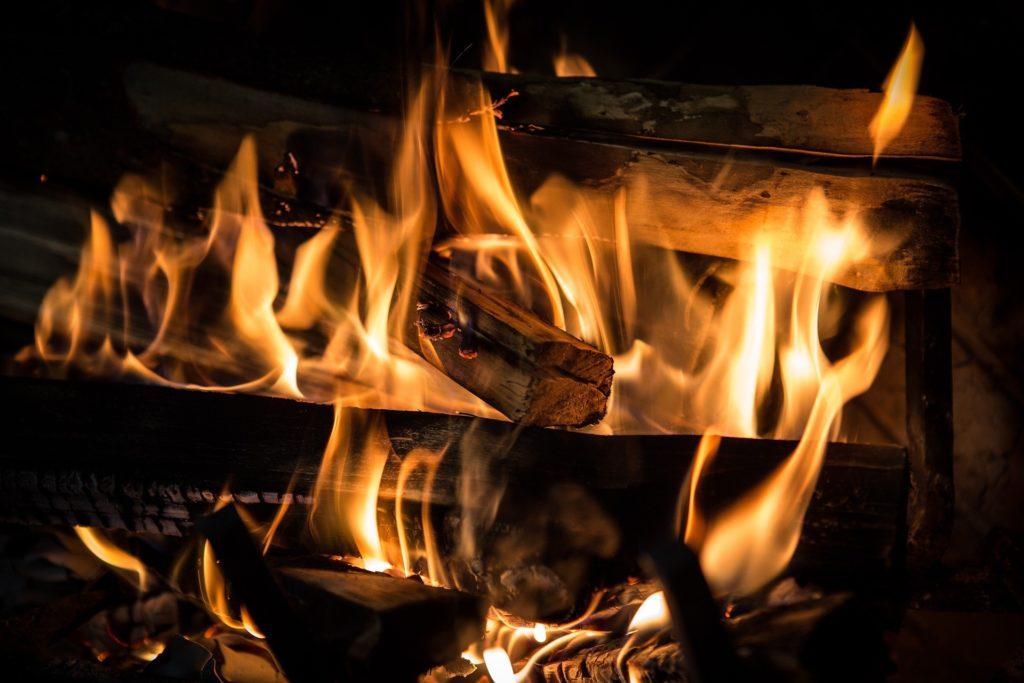
The campfire has been a treasured and essential outdoor activity for ages. Being a dynamic tradition, building a campfire has stood as both the focal point and tradition of backcountry parties for decades.
Making fire for a camping trip or at home in the fireplace is an exciting way to heat your campground or house organically.
Whenever your fire begins to dwindle, you can quickly rebuild it and keep going by adding more fuel into the fire pit.
Sound’s confusing, right? Don’t worry.
This article describes how to construct a successful campfire and all the tips that you need to keep the fire burning all day, all night long.
Sit back and read through to get the fire started.
What is a Fire Pit?
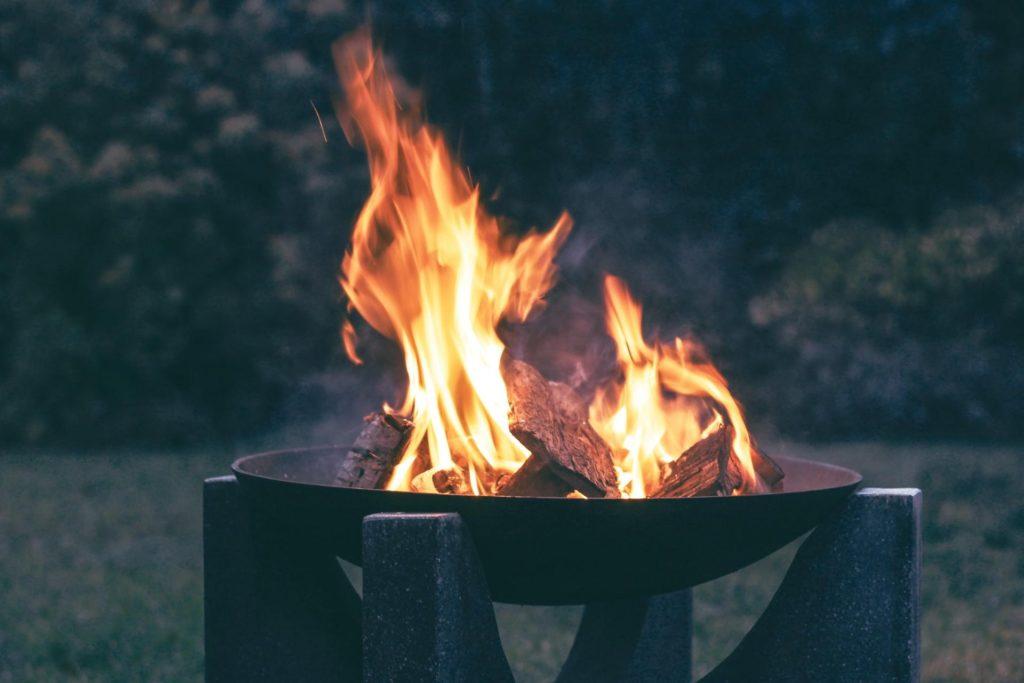
Only construct fires in sanctioned fire pits. Utilizing a fire ring will mitigate the campfire and affect how the fire burns.
Always verify if fires are permissible with the campground’s management. In specific locations, prolonged dry spells may result in the prohibition of campfires, even in specific campsites.
Use an existing fire bed or fire ring if possible. You will find plenty of existing fire pits in regions where campfires are permitted.
Build a new one only if it’s an emergency. If the circumstances allow, dismantle the fire ring before leaving the campsite.
Ideally, You should build your fire on sand, gravel, or mineral soils. Remove all flammable stuff from the fire pit. You never know when a mishap might occur, and things start to catch fire in case you leave.
Fire safety is always necessary. Never leave your fire unattended, and carry a mini fire extinguisher at all times to be on the safe side.
Intense heat sterilizes good quality soil rendering it useless. Thus, doing your research before selecting a location for the fire pit is critical. Avoid places that have trees with low-hanging branches.
Gathering Wood for the campfire
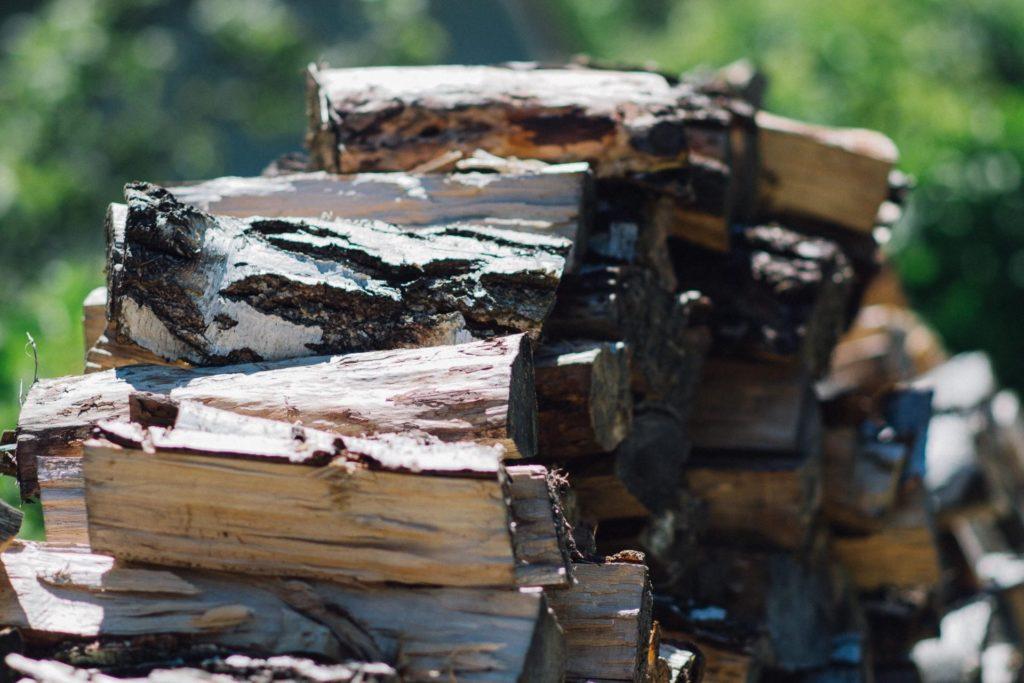
To start a good fire, you’ll need three types of fuel: the fire starter (tinder), kindle, and firewood (preferably slow-burning wood). How much wood you need will depend on the size of your campfire or how long you want to keep the fire burning.
Tinder and kindling are little pieces of wood, twigs, or paper that help your fire start quickly. Tinder is the stuff that will quickly ignite even with a bit of spark, igniting your fire.
Kindling is more powerful and will help your fire to burn hotter. You’ll need both tinder and kindling to build and robust and sustainable fire.
- Tinder sources: Newspaper, cotton balls, and tissue paper are good tinder sources if you have them at the campground. Try dry leaves, small sticks, and birch pieces if you prefer natural ingredients.
- Kindling sources: Dry sticks, thin bits of wood, small twigs, and shattered tree branches serve as excellent kindling sources because they easily ignite.
You have to follow a cycle to derive a long burning fire. Begin with fuel. Add kindling once the fire starts, and eventually follow up with more firewood. Repeat the process to keep the fire lit.
Use Dry Firewood to Keep the Fire Burning
All the wood you will be using for the campfire should be perfectly dry. You will wind up with a pile of burnt debris if you start the campfire using wet wood.
If you don’t have dry wood, add more kindling and tinder to counteract any wetness and keep the fire going. Use only locally sourced firewood.
Surrounding shops frequently sell firewood, and campsite hosts may occasionally sell bundles of firewood or kindling nearby.
If you’re traveling more than 40 miles, don’t carry any wood with you. Depending on how far you drive, some campgrounds may prohibit bringing wood.
Why? To avoid bringing potentially harmful pests into the forest.
Birds and fauna make their nests in the limbs and branches. We advocate using broken bits of wood and branches. Never chop down live trees or cut limbs from standing trees, even if they are dead.
Do not use wood pieces larger than 3 inches in diameter and 0.5 inches in width (often known as the half-inch rule). This length and breadth are ideal because bigger pieces of wood do not burn completely.
How to Build the Campfire
There are four distinct methods for constructing a campfire. You want your wood packed close enough together to provide a concentrated source of heat.
Each campfire must have a structure; this is far more effective than simply throwing wood on the floor and hoping for it to burn.
1. What is a Log Cabin?
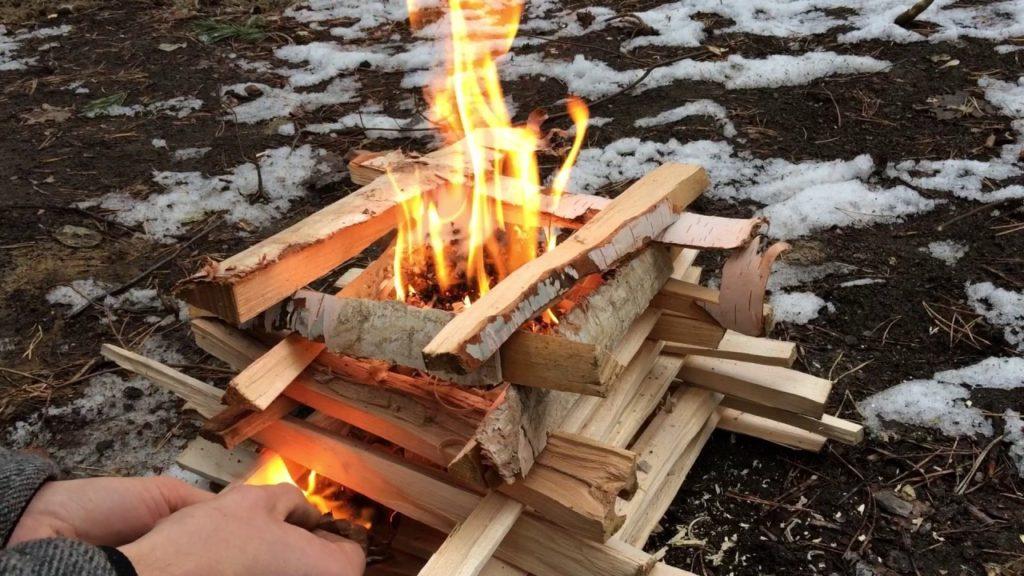
Youtube : https://youtu.be/qFZI1gds8g8
The log cabin is similar to Jenga in construction – excluding the central pieces. You should place two parallel firewood slabs and a small mound of tinder and kindling between them.
Then, perpendicularly stack two additional chunks of firewood atop the base logs, producing a little wall. Continue by adding a couple of additional layers of firewood around the edge. Fill the area with a good deal of fuel.
Increase the number of perpendicular layers by one. Then, ignite the pile’s center and keep adding firewood as the fire increases.
But it is worth noting that there must be room for enough ventilation to help keep your fire burning.
2. What is the teepee method?
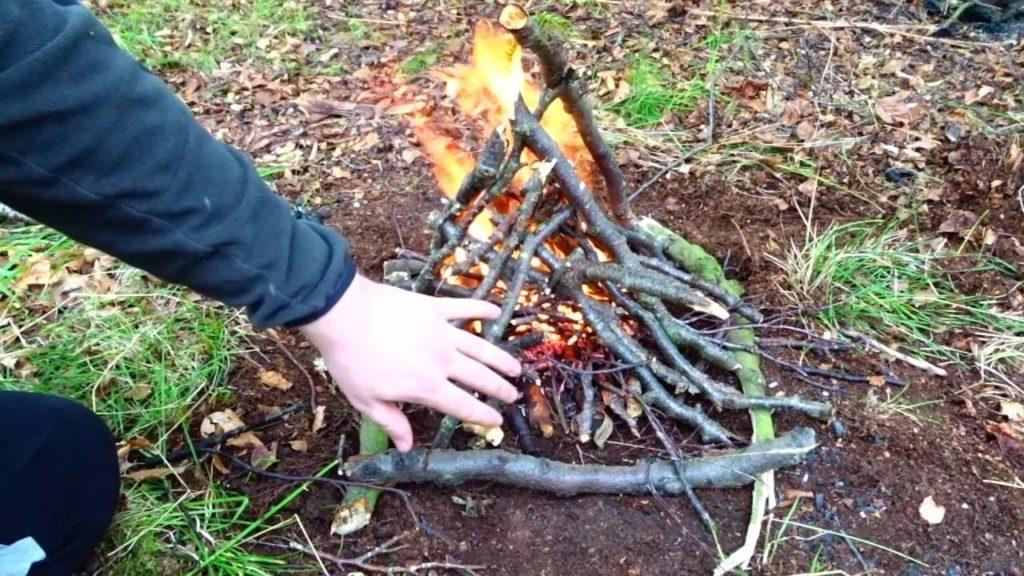
Youtube : https://youtu.be/t_2XK9iZFOk
To construct a teepee structure, start by aligning thin pieces of wood.
Begin by building a tiny cone using the thin wood pieces and putting a fistful of kindling in the middle of the fire pit.
To begin, light the tinder. To keep the fire going, stack larger pieces of wood vertically around the teepee.
If you’re undecided about which fire design to use, consider that teepees are ideal for cooking. At the same time, pyramid and log cabins are preferable for long-lasting fires.
3. The Pyramid Method
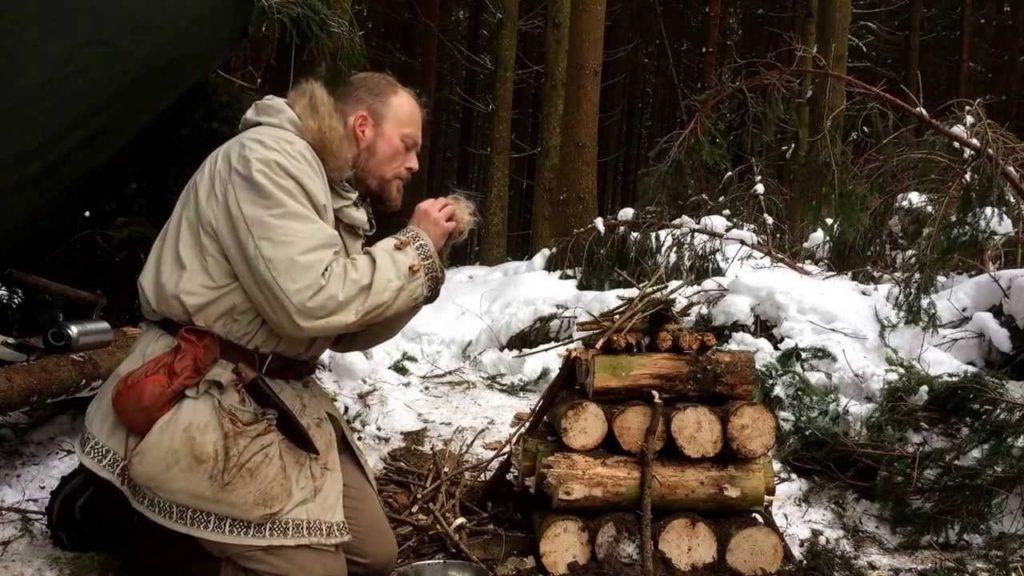
youtube : https://youtu.be/X–GCWRN0IA
Pyramid campfires are similar to parallel-type campfires in that they have a stable and robust base. First, gather four pieces of parallel firewood that are about uniform in size and place them next to one another.
Continue in this fashion for a few more layers, making the layers smaller as you go. On top of it, put your kindling and tinder and ignite it.
Lighting the Campfire
To begin, make a tiny pile of tinder. Light the tinder using waterproof matches or a flare and softly blow onto the flame. As the fire grows, put more kindling and firewood.
You might be able to discover dry bark and cattail fluff at your campground that is easily flammable. You could also bring dryer lint or cotton balls from home, which will work just as well.
Blowing softly at the base of the fire after lighting the tinder will gradually increase the intensity of the fire.
Push the embers to the center of the fire as it burns to ensure that the fire entirely consumes them. Ideally, it would be best to get white ash as the final remnants of a long-lasting fire.
What to do after the Campfire?
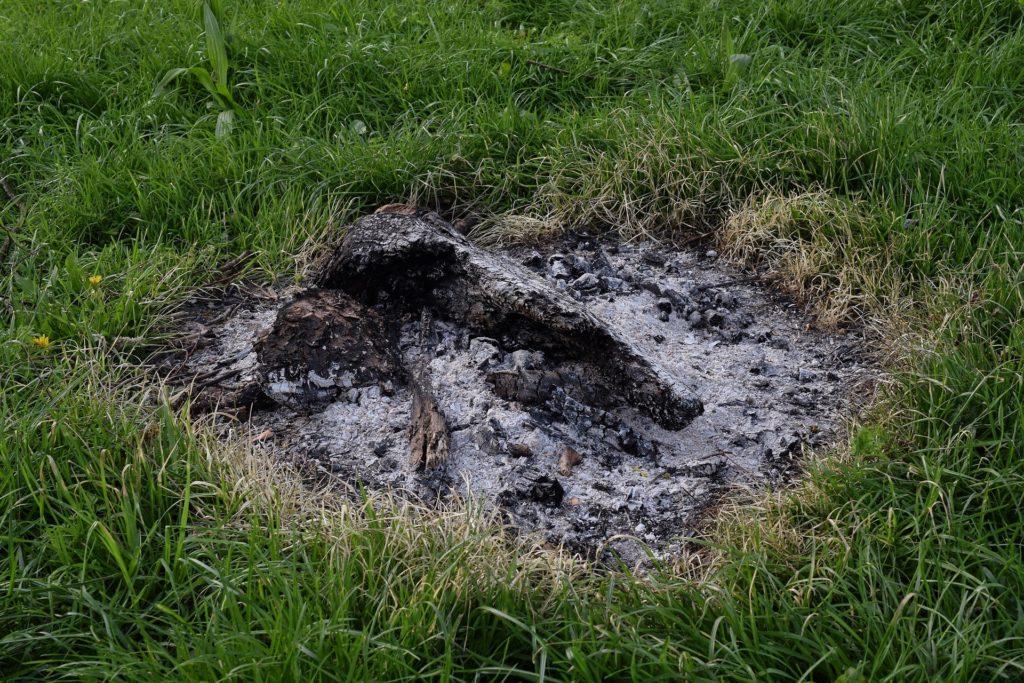
Extinguishing and Cleaning should be your ultimate priority after conducting a campfire.
- Proper Extinguishing is a Must
Always seek advice from existing land authorities and accept their instructions if they supply it.
In principle, you should put out your campfire by pouring water on it, moving the ashes, and then pouring more water on it. (be cautious not to stand too close as the steam might burn you).
Keep repeating until the ash is cool enough to touch. Before going, make sure the fire and its embers are completely out and cold.
It’s worth noting that using soil or sand to extinguish a fire is risky since it might insulate charcoal, which can later become exposed, sparking a wildfire.
- Clean up the area that You used for camping
Only burn garbage if it can be destroyed by fire and reduced to ash. Never try to burn plastics, aluminum cans, or tinfoil.
If you burn something that isn’t fully perishable, gather the leftovers after the fire has been out. Either throw it out or dispose of it in a garbage container.
What is a Self-Feeding Fire Ring?
The self-feeding fire is a simple gadget that continuously supplies wood into the campfire as the present fuel burns out.
A campfire may burn all night by utilizing gravity and supplies available in the forest.
This approach is not only entertaining but also incredibly useful for cold-weather camping trips. Consider not having to keep adding gasoline to the flames all night.
Relax and enjoy camping with minimal effort!
- How to make a self-feeding fire pit?
Start by putting four ramp poles into the ground, two on each side at 45-degree angles to form a “V.” Feed the ramps with the gathered gasoline after the ramp hooks are in position.
Finally, start a fire on top of the two firewood logs at the foot of each ramp.
The secret to an excellent self-feeding fire pit is to keep the original fire going and concentrate that between the kindling logs.
It is critical to make a firm base for kindling before letting the fire grow.
Once you complete the preceding parts of setting up the pit, it is time to think about sustaining the fire’s durability.
Remember that there must be space for the fire to burn through the fuel logs and form an ember foundation.
Take care to keep the fire in the pit and not let it spread up the slopes onto the other pieces of wood.
Fire safety: Should you keep a campfire going all night?
No, it’s not a brilliant idea in general. Usually, it would be best to put out the fire with a small splash of water at the night’s end and then restart it the following day.
One exception is snow or winter camping. If there is a half-foot of snow on the ground, there is no need to put out the fire; clean the fire pit in the morning, shift the ash aside, and blow it out.
On the other hand, summertime isn’t worth the danger of a forest fire.
If things go wrong and you don’t have a tent, you could sleep near the fire and fuel it all night, but this is just for emergencies. Otherwise, it is not worth the risk.
Never leave a campfire unattended!
FAQ’S
- Should I put rocks in my campfire?
Yes, putting rocks in the fire can be beneficial. But Only if you know what you’re
Take utmost caution in this situation.
Rocks can contain air pockets and fissures inside them that swell when heated. When you put rocks into the fire, they can burst in some situations!
Rocks bursting may be pretty hazardous, as flying fragments can strike you or other campers nearby, resulting in severe injuries.
However, if you utilize rocks correctly, they may assist in retaining the heat of the fire going while using less fuel.
Adding rocks into the fire will be helpful if you are running low on fuel and need to conserve it.
- What is the Half inch rule?
The half-inch rule states that every half inch of wood will give you precisely half an hour of burning time.
For instance, if you have a six-inch piece of wood, it will burn for roughly six hours.
This rule can assist you in determining how much firewood you will need to keep the fire lit.
Conclusion
One crucial camping skill is being able to keep a campfire going. Its mastery might be incredibly beneficial in a variety of situations.
Keeping a fire going might be difficult, but it is feasible. The most straightforward approach to keep a campfire burning for as long as possible is to constantly regulate the fuel, warmth, and air flowing into your fire.
Choose the best wood for your fire and make sure you have enough.
Happy camping, folks!
